After eight incredible seasons of Game of Thrones came to an end in 2019. Fans were left feeling a little lost, not quite ready to say goodbye to their favorite characters like Arya Stark and Jon Snow yet.
The good news is that many of the show’s most notorious buildings and realms are actually real. Visit the medieval castles, dramatic coastal forts, and charming historical districts that were the backdrop of the most infamous Game of Thrones scenes.
Follow in the footsteps of your favorite characters and watch as the show’s plot comes to life around you.
9. Castle of Zafra, Spain
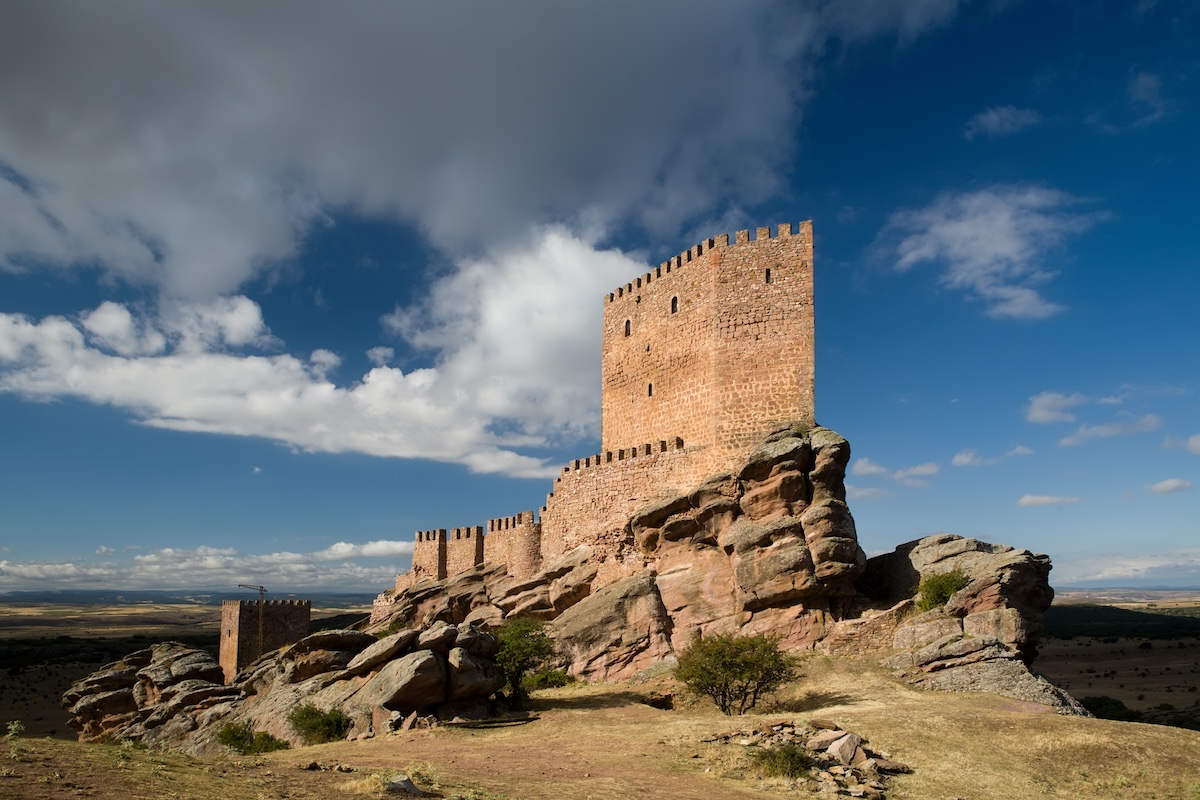
This breathtaking 12th-century castle in Guadalajara appears as the Tower of Joy in Bran’s flashback. The supernaturally gifted boy sees a vision of his father, Ned Stark, battling with Ser Arthur Dayne.
The flashback appeared in the season 6 finale and drastically changed the course of the show as it revealed Jon Snow’s true identity as the son of Rhaegar Targaryen.
You’ll find the castle about two hours east of Madrid. To reach it, you’ll either need to hop in a vehicle from the small town of Hombrados or you can hike there, but it takes a few hours.
8. Šibenik, Croatia
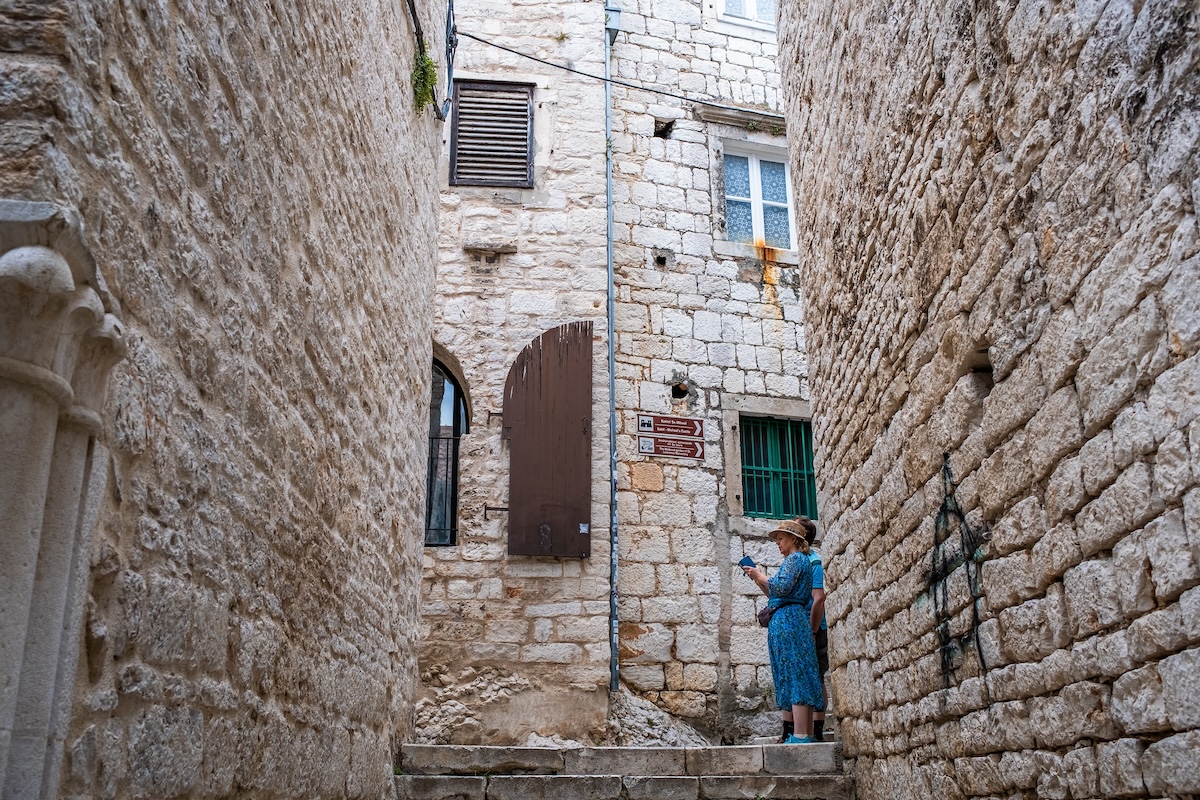
The historical city of Sibenik along Croatia’s Adriatic Coast was the perfect backdrop for Arya Stark’s training to become a Faceless Man in the show’s fifth season. The city’s stone-walled alleyways and small plazas brought the fictional city of Braavos to life.
One particularly noticeable building was the 15th-century Cathedral of St. James, which in real life is a UNESCO World Heritage Site. In Game of Thrones, it featured as the Iron Bank, the show’s most influential financial institution.
Walking around Sibenik will make you feel like you’ve walked straight into the film set, and bring Arya’s storyline vividly into your memory.
7. Essaouira, Morocco
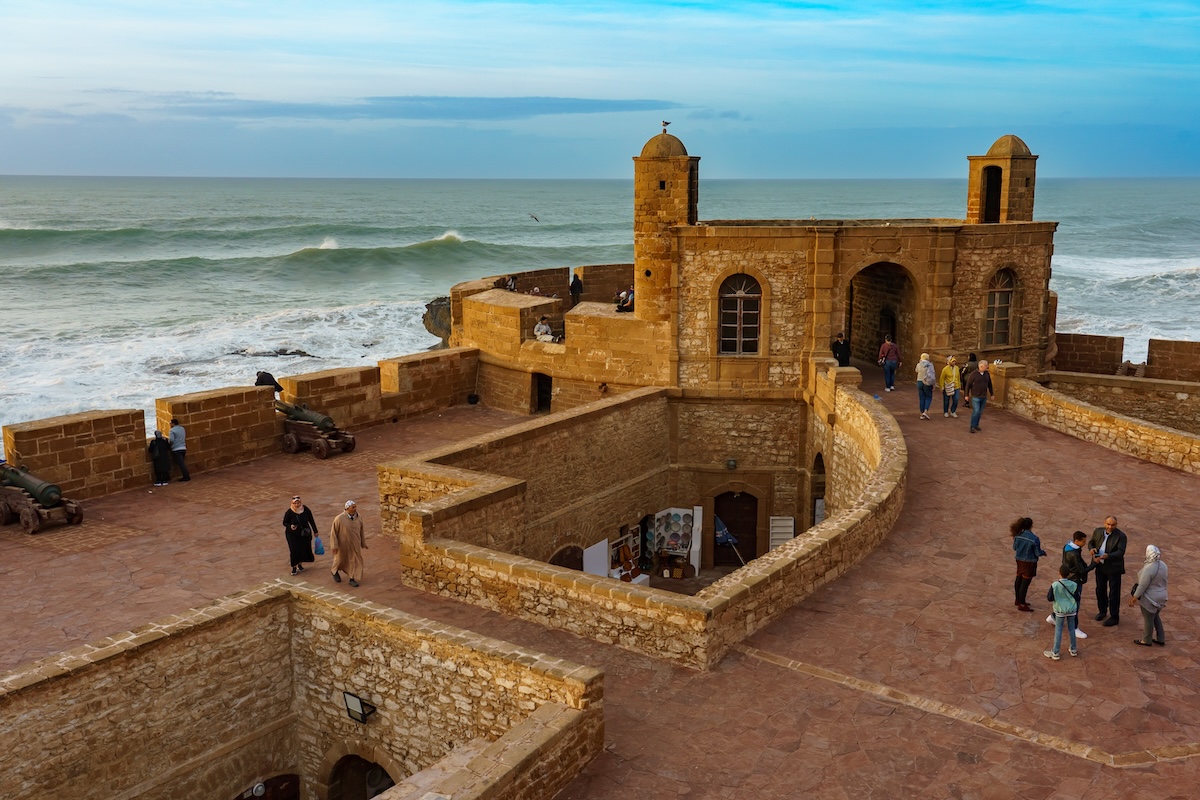
Essaouira’s walled medina features as the ancient city of Astapor in Game of Thrones. It’s where the highly skilled slave soldiers, known as the Unsullied, are trained. The soldiers stand out because of their unquestioning obedience and fighting abilities.
Eventually, they swear allegiance to Daenerys Targaryen and were essential to her uprising. The city’s port location along Morocco’s Atlantic coast made it the perfect setting. In particular, the city’s 18th-century medina with its weathered charm and old city walls fit the Game of Thrones aesthetic.
6. Dunluce Castle, Ireland
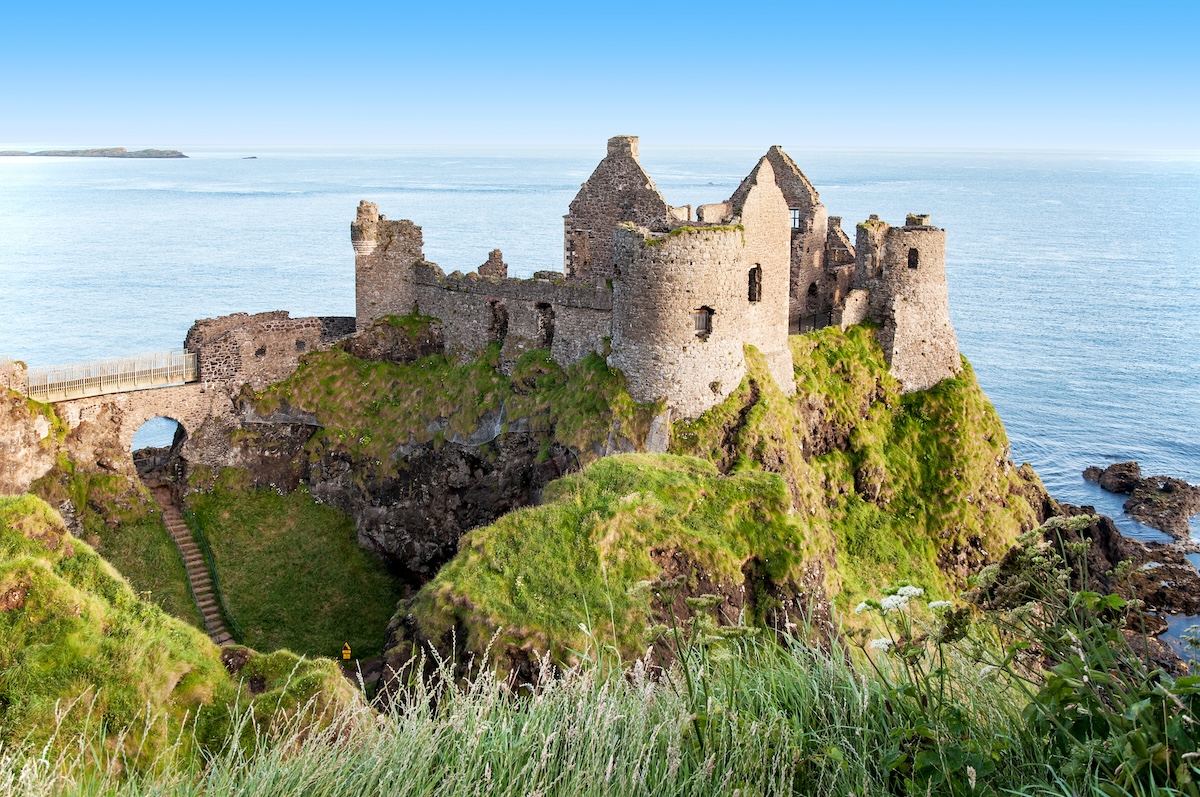
Ireland’s dramatic coastline and gloomy weather contributed to it being one of the show’s biggest filming locations. One noticeable spot that featured in the show, and that you can visit in real life, was the Dunluce Castle.
When Theon Greyjoy returned from Winterfell, he landed here, at the fictional Iron Islands. The moody and rugged coastline surrounding the castle’s ruins made it the perfect backdrop for some of the second season’s biggest moments.
If you visit, you will have to use your imagination a bit, as the castle’s ruins were heavily embellished to turn it into the show’s towering Pyke Castle.
5. Grjótagjá Cave, Iceland
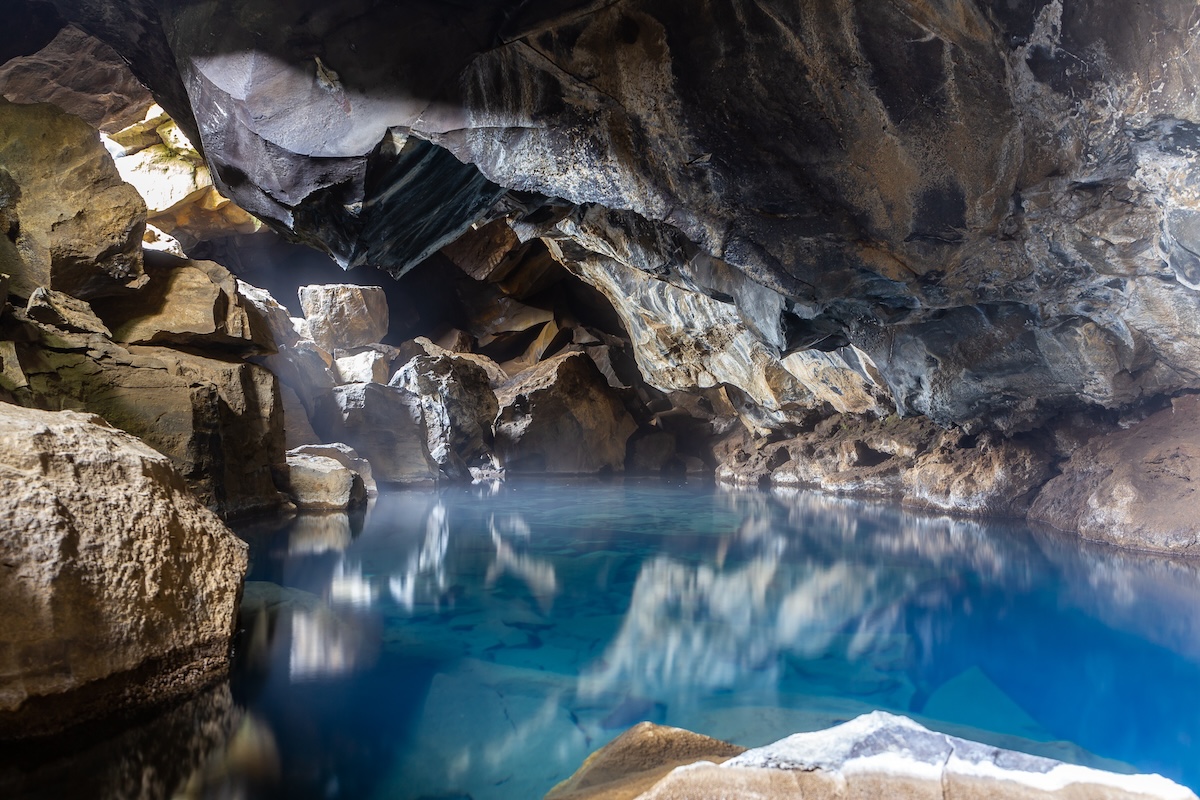
Ready to dive into the real-life settings of some of the show’s steamiest third-season moments? Many fans won’t have trouble remembering the night Jon Snow and Ygritte spent the night together in an intimate cave, north of the Wall. Despite the impending threat of Night Walkers, nothing seemed to exist outside of that cave on that night.
The real cave is the Grjotagja Lava Cave in northern Iceland, near Lake Myvatn. The cave is home to enticing hot springs, which you sadly aren’t allowed to swim in. You’ll have to hike to the opening of the cave from Dimmuborgir, but for any die-hard fans, it’s worth it!
4. Dark Hedges, Northern Ireland
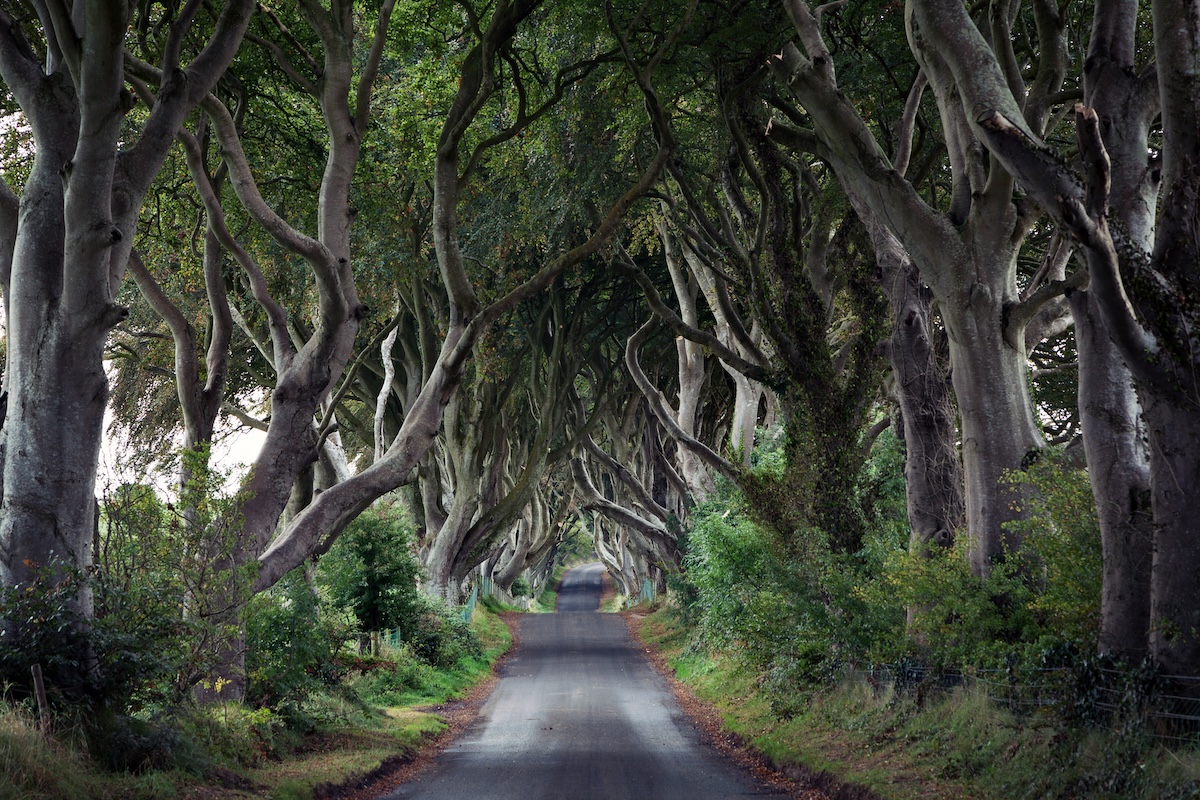
The breathtaking beauty of the Dark Hedges in Northern Ireland captured the imagination of the show’s producers. When you arrive at the long avenue of beech trees that form a tunnel-like passage, you’ll quickly see why.
Located along Bregagh Road between Armoy and Stranocum in County Antrim, the avenue appears as the fictional Kingsroad in the show.
Curiously, the trees were planted there by the Stuart family in the 18th century as they wanted to impress visitors approaching their Georgian mansion, Gracehill House.
3. Girona Cathedral, Spain

Spain’s Girona city featured heavily in the show’s sixth season. It’s where many scenes of Arya Stark in the fictional Braavos city and of the Lannisters in the Great Sept of Baelor were filmed.
The Cathedral of Girona appeared when Jaime Lannister confronted the High Sparrow. The cathedral’s exterior staircase and facade appear as the fictional worship site, the Great Sept of Baelor.
In real life, the cathedral has a striking Gothic nave, which at 22.98 meters wide is the second widest anywhere.
2. Fort Manoel, Malta
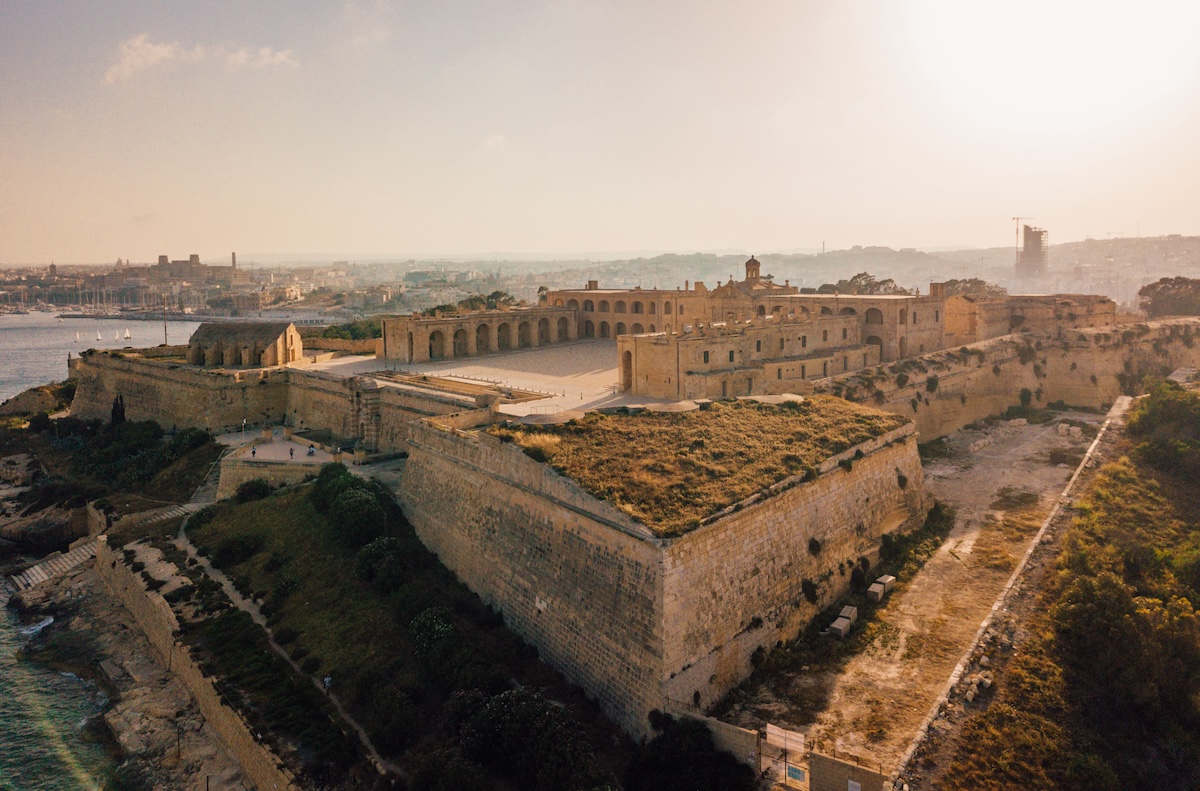
Relive one of the show’s saddest scenes at Fort Manoel. It was in this elegant and grand limestone fort on the shores of Malta that Ned Stark met his end after being sentenced to execution by King Joffrey.
In the show, the scene takes place in King’s Landing, and it’s no less impressive in real life. It’s not hard to see why the producers picked this grand 18th-century fort as the filming location for one of the show’s most notorious scenes.
1. Old Town Dubrovnik, Croatia

Dubrovnik’s Old Town first appeared in the second season as King’s Landing. The city’s medieval district was always popular, but since featuring in Game of Thrones there’s been an even bigger spike in tourism.
Wander through the capital city of the Seven Kingdoms and go on one of the town’s famous Game of Thrones walking tours that pass the steps of the Old Town’s magnificent St. Ignatius of Loyola Church, which featured in the show when Cersei Lannister was subjected to the Walk of Shame in the fifth season.
Visit Fort Lovrijenac, where the Battle of Blackwater was filmed, and climb up to the Minceta Tower, which was the House of the Undying Qarth in Game of Thrones.

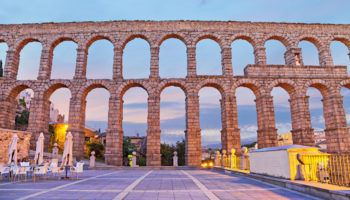

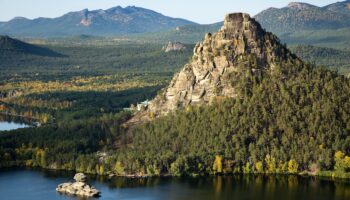
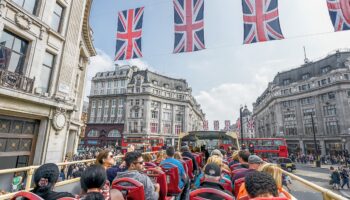
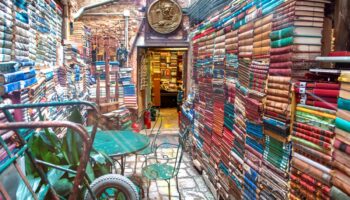


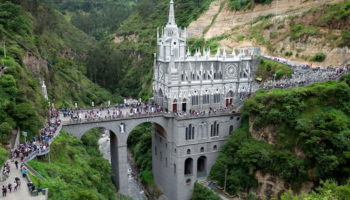
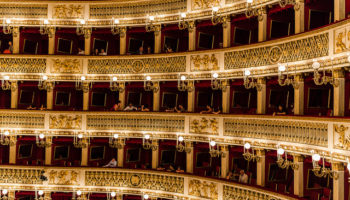
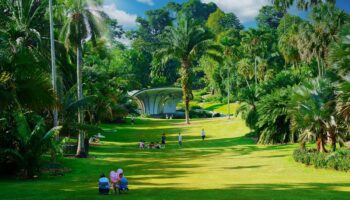
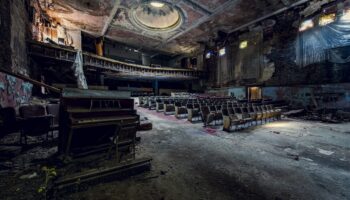
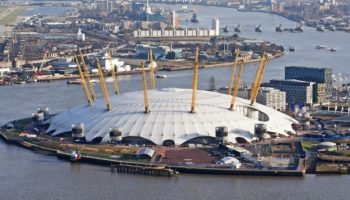
Leave a Reply